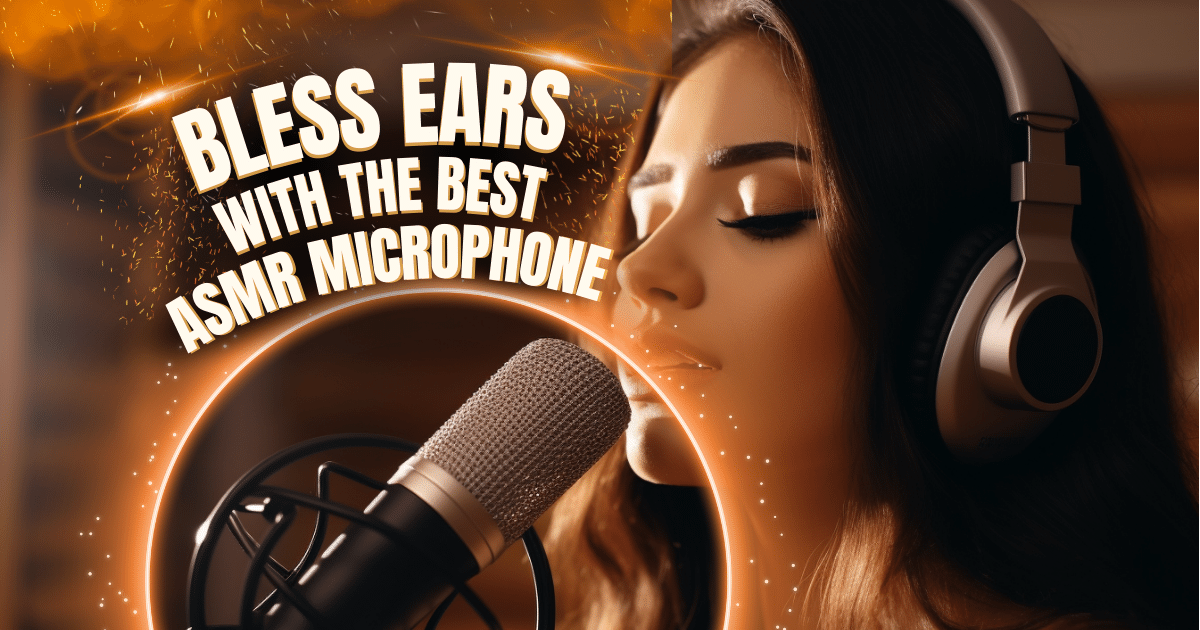Express Your Voice Freely With One Of The Many Different Types of Microphones Available Today! 🎤
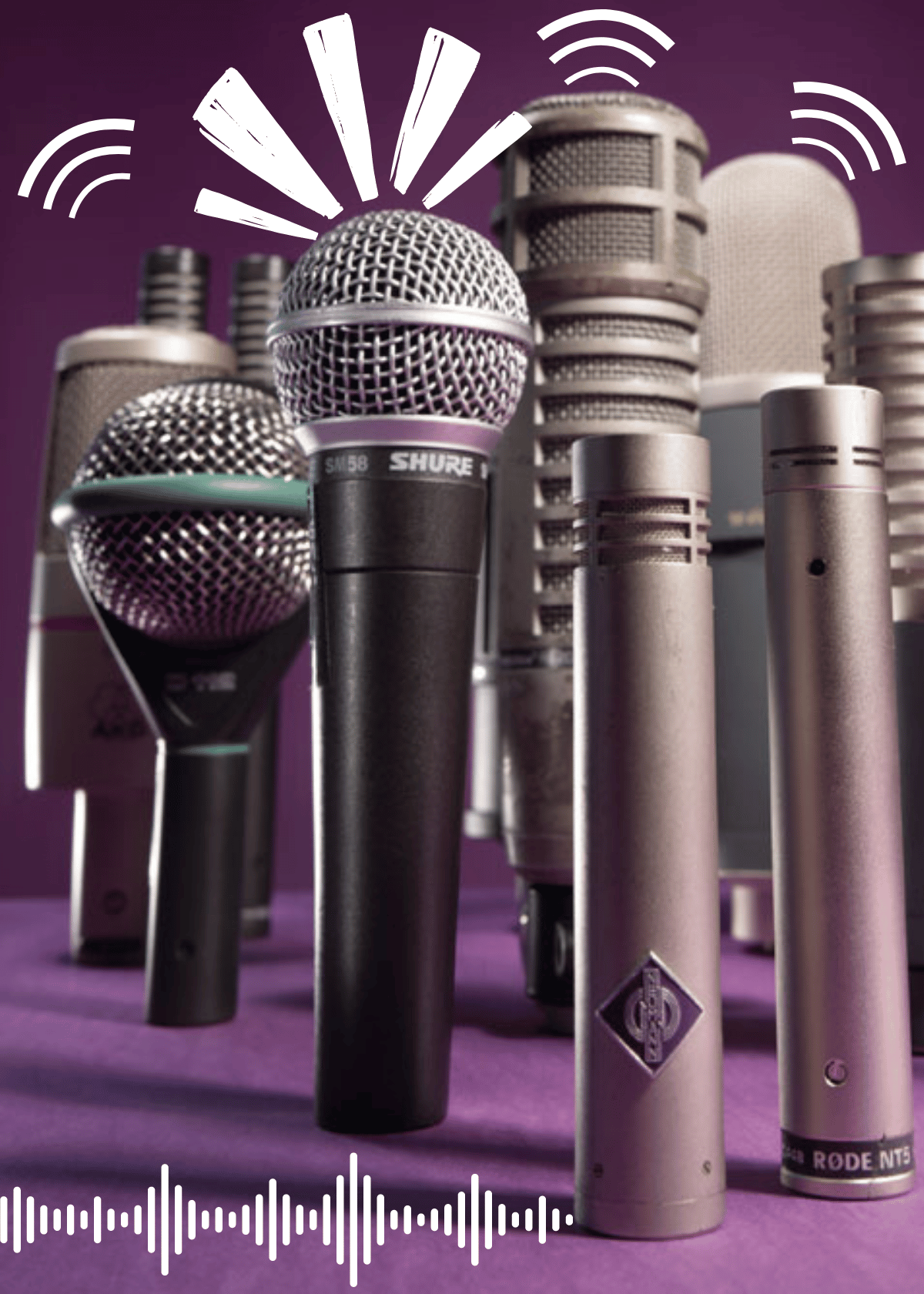
Microphones play a crucial role in various fields such as music, broadcasting, podcasting, and public speaking. They are essential tools for capturing and reproducing sound with clarity and accuracy. This comprehensive guide aims to provide a detailed outline of different types of microphones, their working principles, advantages, applications, and examples. By understanding the characteristics of each microphone type, readers will be able to make informed decisions when selecting the right microphone for their specific needs.
⑴ Dynamic Microphones:
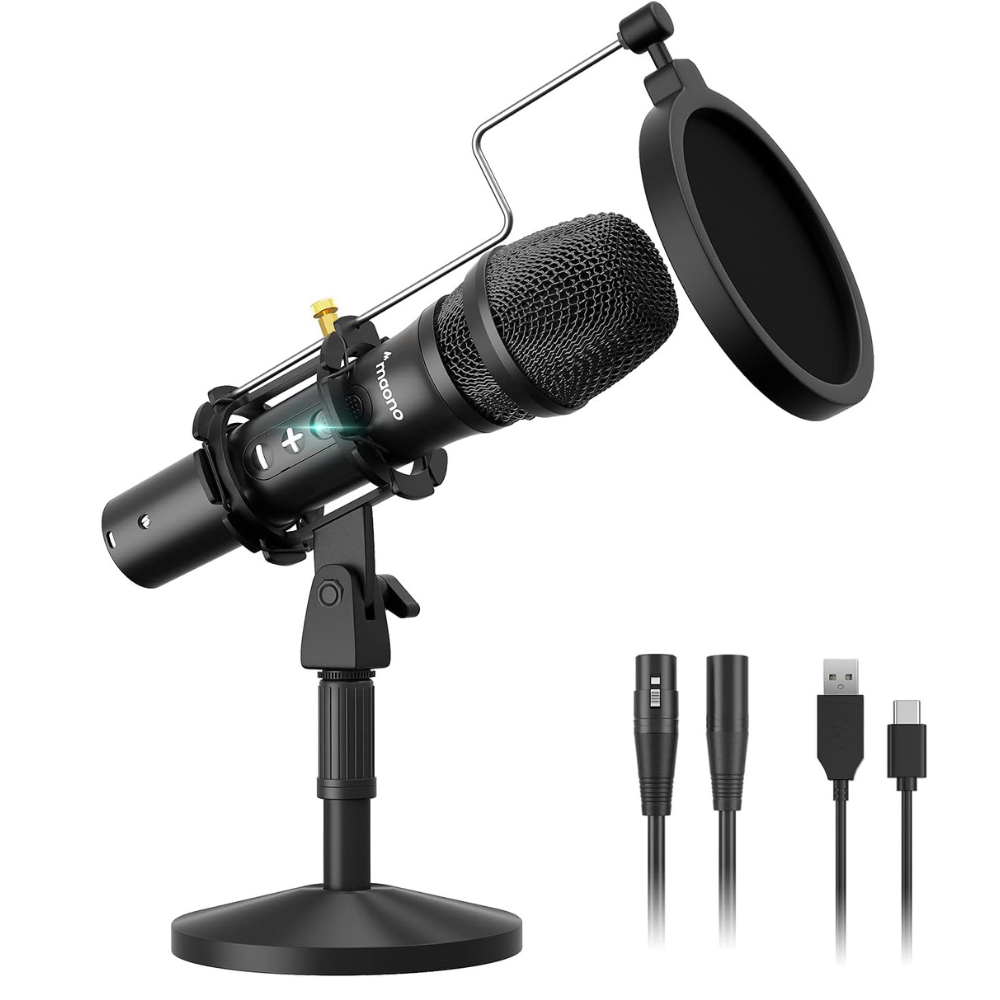
Image Credit-Amazon
Dynamic microphones are widely used in live performances, studio recordings, and outdoor events. They operate on the principle of electromagnetic induction, where sound waves cause a diaphragm to vibrate within a magnetic field, generating an electrical signal. Dynamic microphones offer several advantages, including durability, the ability to handle high sound pressure levels (SPL), and affordability. They are ideal for capturing vocals and instruments in high-energy environments. Popular examples of dynamic microphones include the Shure SM58 and Sennheiser e835.
⑵ Condenser Microphones:
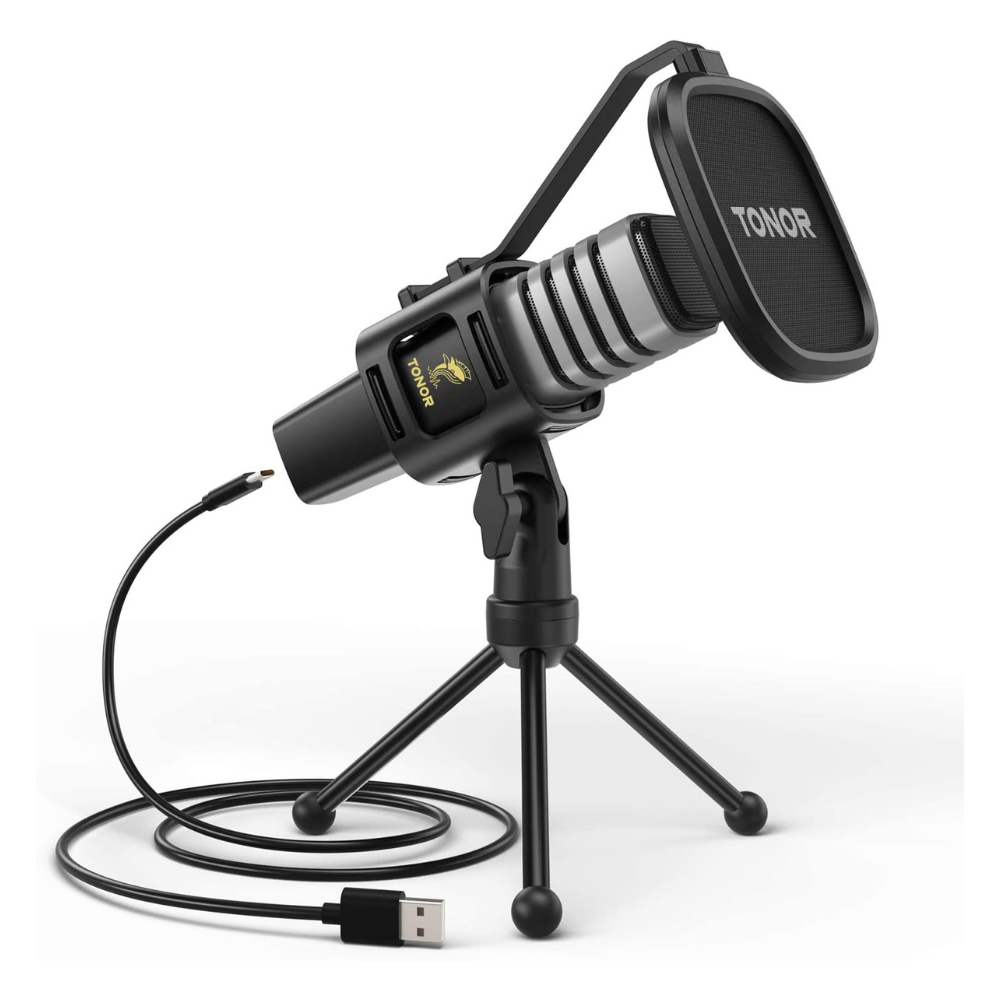
Image credit-Amazon
Condenser microphones are commonly used in studio recordings, vocals, acoustic instruments, and podcasts. They work on the principle of capacitance, where sound waves cause a diaphragm to vibrate, changing the distance between two charged plates and generating an electrical signal. Condenser microphones offer high sensitivity, extended frequency response, and accurate sound reproduction. They excel at capturing subtle details and nuances in sound. Well-known examples of condenser microphones include the Audio-Technica AT2020 and Neumann U87.
⑶ Ribbon Microphones:
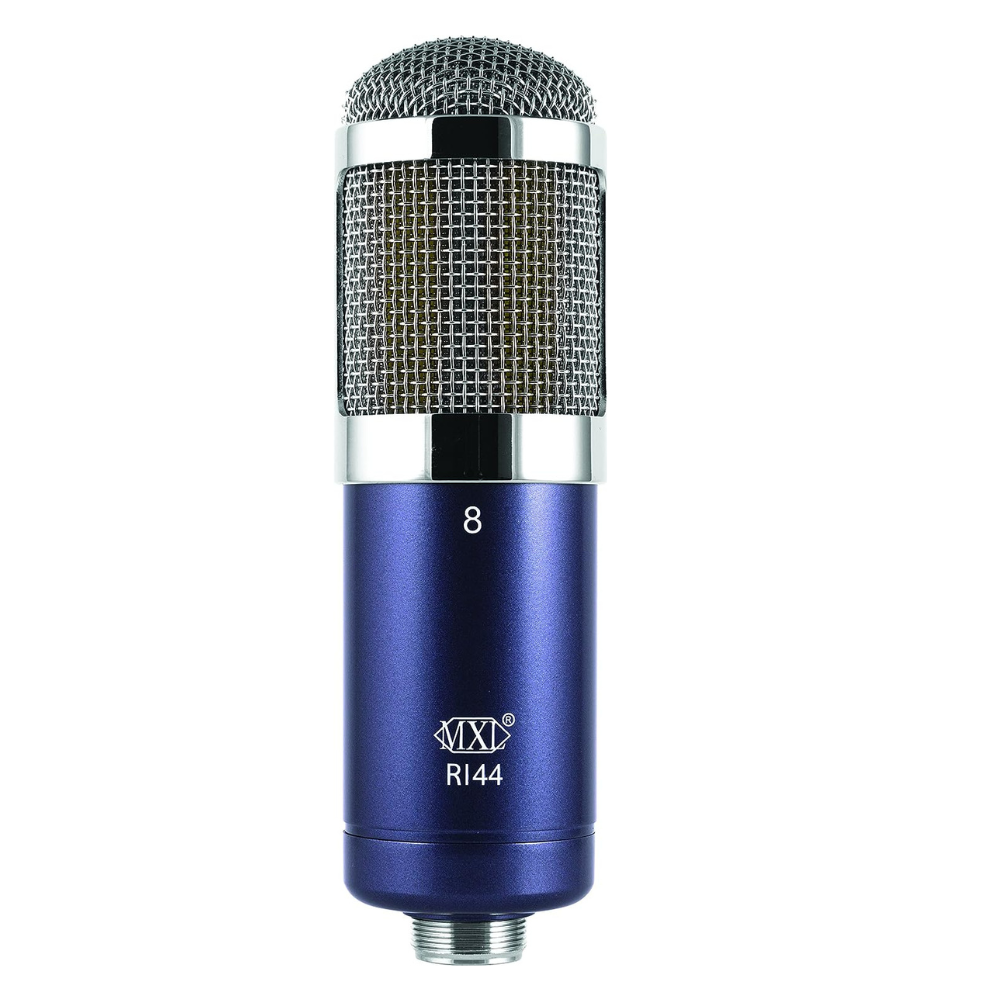
Image credit-Amazon
Ribbon microphones are favored in studio recordings, vocals, brass instruments, and guitar cabinets. They employ a thin strip of metal (ribbon) suspended between magnets, which vibrates in response to sound waves, generating an electrical signal. Ribbon microphones are known for their smooth and warm sound reproduction, as well as their excellent transient response. They excel at capturing the natural timbre and character of sound sources. Prominent examples of ribbon microphones include the Royer R-121 and AEA R84.
⑷ Lavalier Microphones:
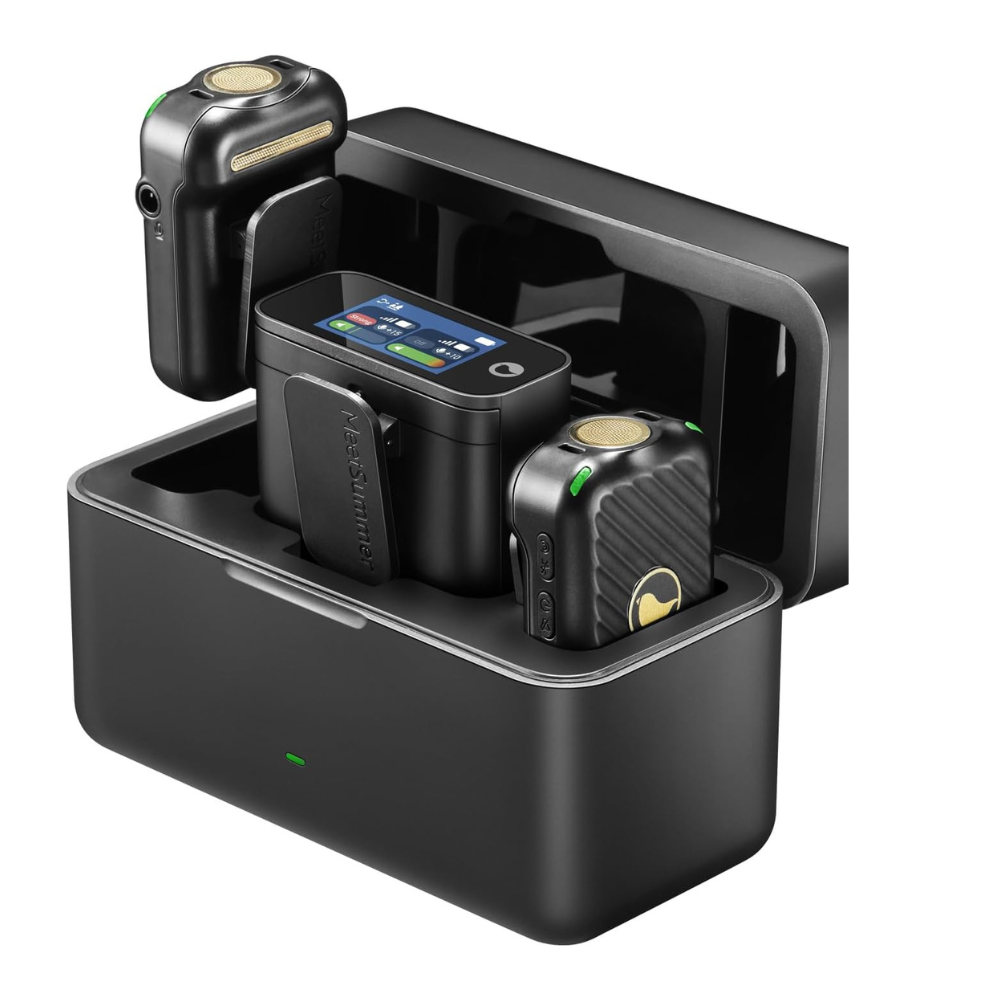
Image credit-Amazon
Lavalier microphones, also known as lapel microphones, are small, discreet microphones that are commonly used in broadcast interviews, presentations, and theater performances. They are typically clipped onto clothing, allowing for hands-free operation and discreet placement. Lavalier microphones capture sound through a miniature condenser capsule and offer excellent voice pickup. Their small size and inconspicuous design make them ideal for situations where visibility is a concern. Popular examples of lavalier microphones include the Sennheiser ME2 and Rode SmartLav+.
⑸ Shotgun Microphones:
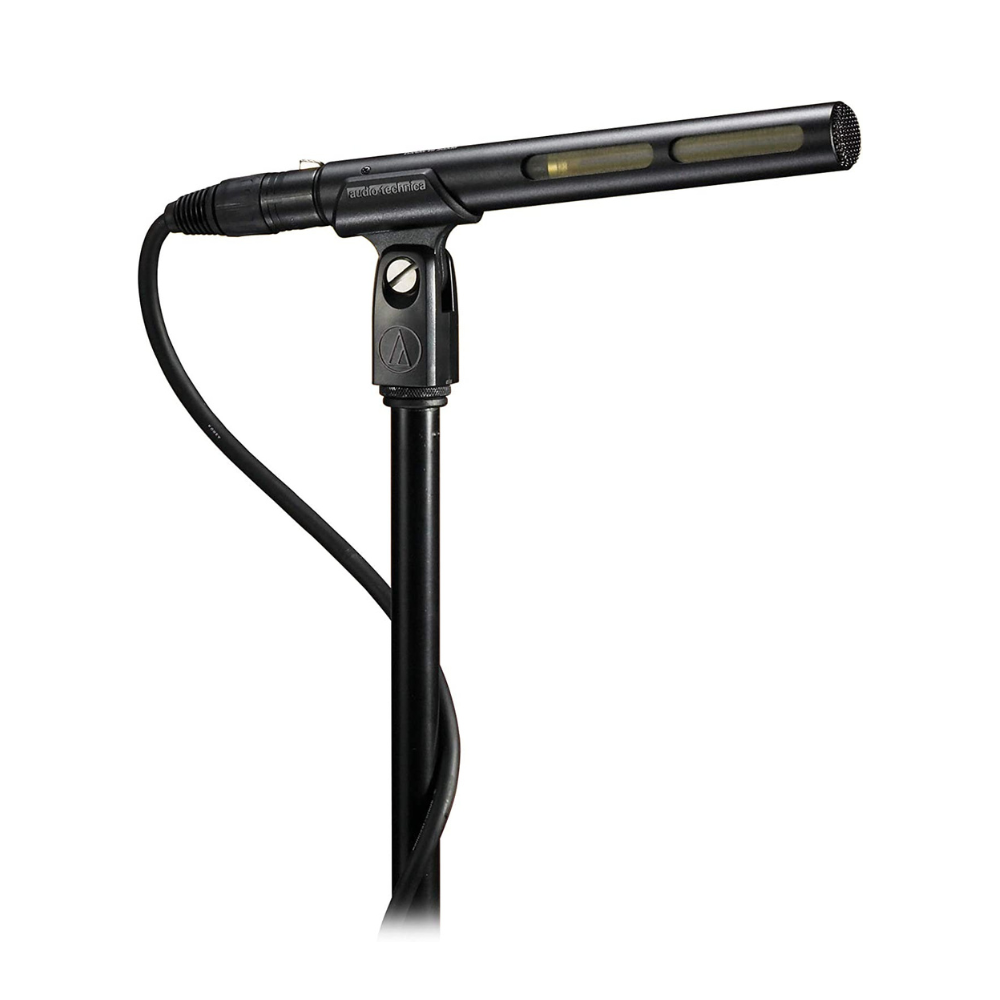
Image credit-Amazon
Shotgun microphones are highly directional microphones that excel at capturing sound from a specific direction while rejecting off-axis noise. They are commonly used in film production, outdoor recordings, and wildlife documentaries. Shotgun microphones employ interference tube technology, which allows them to achieve a narrow pickup pattern. This makes them ideal for capturing distant or focused sound sources. Notable examples of shotgun microphones include the Audio-Technica AT875R and Rode VideoMic Pro.
⑹ USB Microphones:
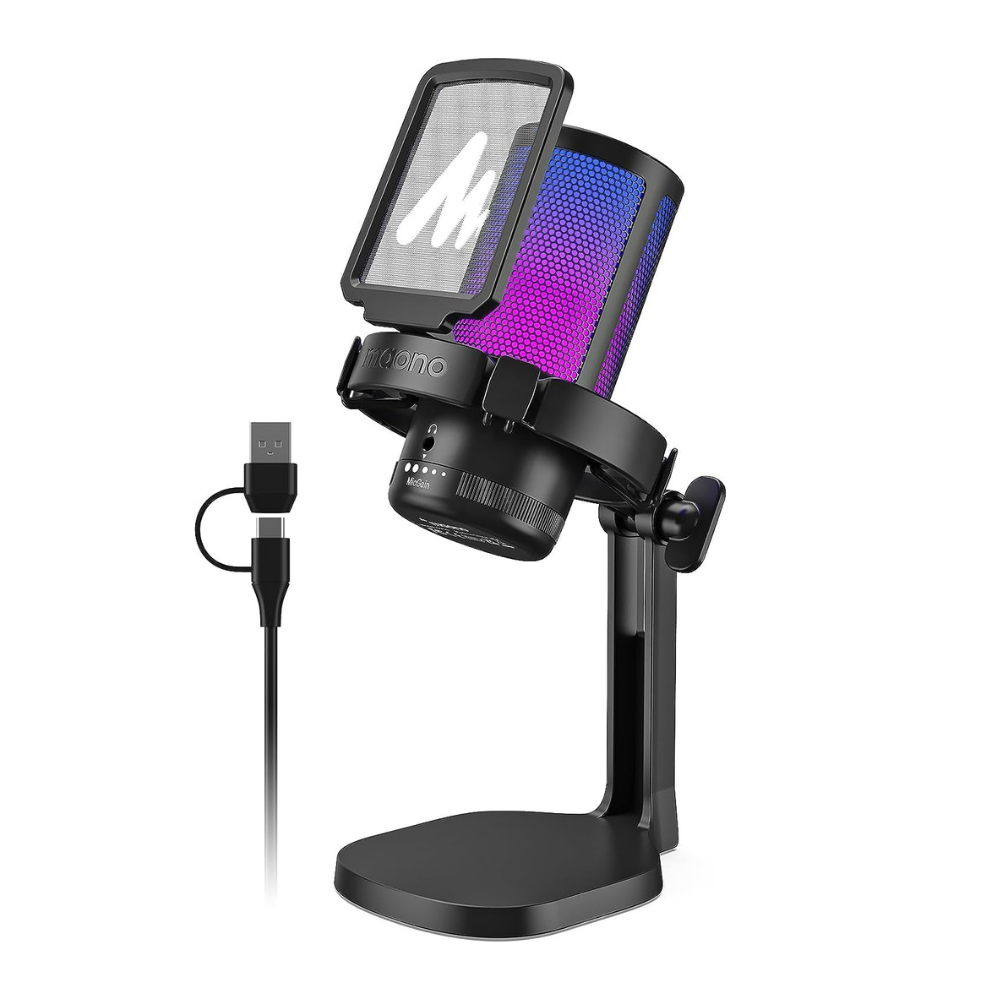
Image credit- Amazon
USB microphones have gained popularity in recent years due to their plug-and-play functionality and compatibility with computers and mobile devices. They are widely used in podcasting, voiceovers, and online streaming. USB microphones have built-in analog-to-digital converters, eliminating the need for additional audio interfaces. They offer convenience and ease of use, making them accessible to beginners and professionals alike. Well-regarded examples of USB microphones include the Blue Yeti and Audio-Technica ATR2100x-USB.
⑺ Liquid Microphone:
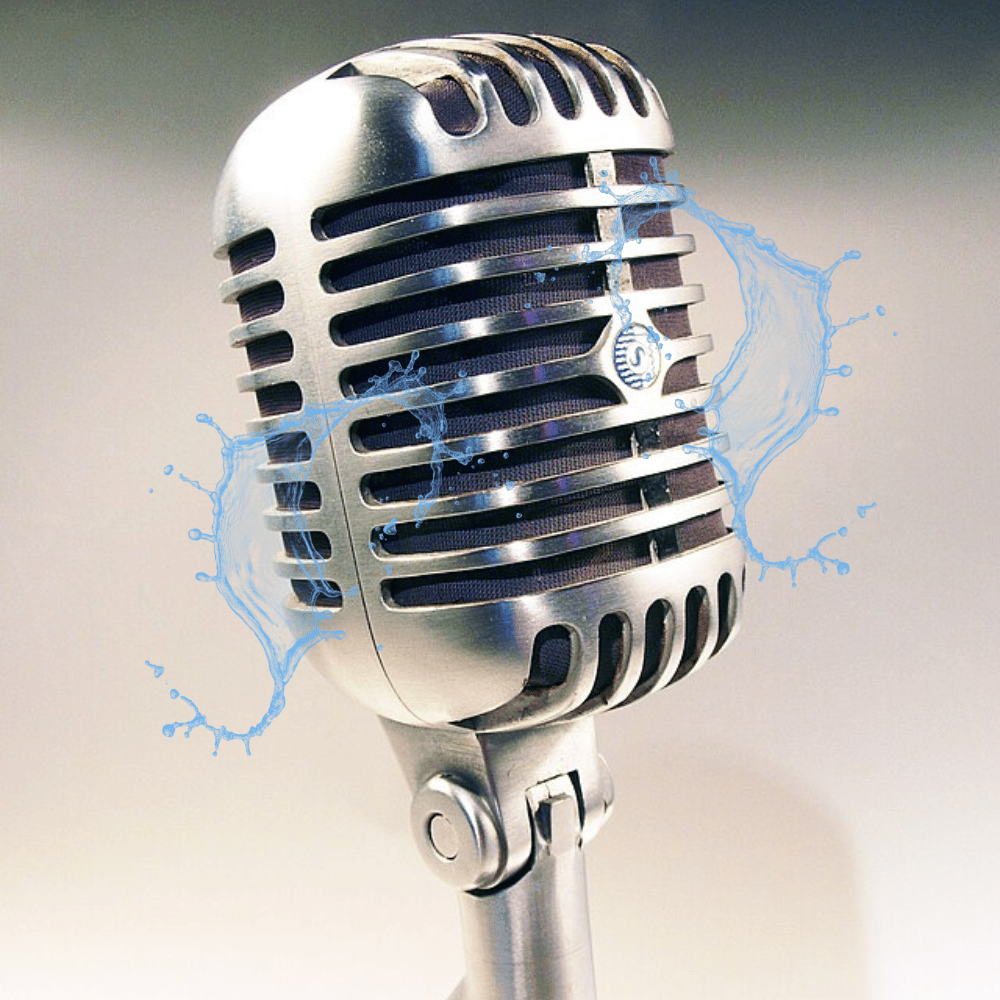
A liquid microphone is a type of microphone that utilizes a liquid as its sensing element. It is a unique and innovative technology that offers several advantages over traditional microphones. The liquid used in these microphones can be a conductive liquid or a non-conductive liquid, depending on the specific application.
The working principle of a liquid microphone involves the conversion of sound waves into electrical signals through the movement of the liquid. When sound waves hit the liquid, it causes the liquid to vibrate. These vibrations are then converted into electrical signals by the microphone's transducer. The transducer consists of electrodes that are immersed in the liquid and detect the changes in its conductivity or capacitance.
One of the key advantages of liquid microphones is their ability to capture a wide range of frequencies accurately. The liquid element can vibrate at high speeds, allowing for the detection of both low and high-frequency sounds. This makes liquid microphones suitable for various applications, including recording studios, live performances, and telecommunication systems.
Liquid microphones also offer excellent sensitivity and low noise levels. The liquid element can efficiently pick up even the faintest sounds, resulting in clear and high-quality audio reproduction. Additionally, the liquid acts as a natural shock absorber, reducing the impact of mechanical vibrations and handling noise.
Another advantage of liquid microphones is their durability and reliability. Since there are no moving parts, such as diaphragms or coils, the risk of mechanical failure is significantly reduced. This makes liquid microphones suitable for rugged environments and ensures long-term performance without degradation.
⑻ Carbon Microphone:

A carbon microphone is a type of microphone that utilizes carbon granules as its sensing element. It is one of the oldest microphone technologies and has been widely used in telephony and broadcasting applications. Despite its age, the carbon microphone still finds applications in certain niche areas due to its unique characteristics.
The working principle of a carbon microphone involves the variation of electrical resistance caused by the compression and decompression of carbon granules. The microphone consists of a diaphragm that is in contact with the carbon granules. When sound waves hit the diaphragm, they vibrate, causing the carbon granules to compress or decompress. This variation in compression changes the electrical resistance of the carbon granules, resulting in the generation of electrical signals.
One of the key advantages of carbon microphones is their simplicity and robustness. They have a relatively simple design with no delicate components, making them resistant to mechanical shocks and vibrations. This makes carbon microphones suitable for applications where durability is essential, such as military communications and outdoor broadcasting.
Carbon microphones also offer a unique vintage sound quality that is sought after by some audio enthusiasts. The carbon granules introduce a characteristic warmth and richness to the audio signal, which can be desirable in certain recording scenarios. Additionally, carbon microphones have a high output impedance, which can be advantageous when driving long cables without signal degradation.
However, carbon microphones also have some limitations. They are not as sensitive as other microphone types, which means they may not capture low-level sounds accurately. Additionally, carbon microphones have a limited frequency response, which can result in a loss of detail in the audio signal, particularly in the high-frequency range.
⑼ Fiber Optic Microphone:

A fiber optic microphone is a type of microphone that utilizes optical fibers as its sensing element. It is a cutting-edge technology that offers several advantages over traditional microphones. Fiber optic microphones are primarily used in specialized applications where high sensitivity, immunity to electromagnetic interference, and long-distance signal transmission are required.
The working principle of a fiber optic microphone involves the conversion of sound waves into changes in light intensity. The microphone consists of a diaphragm that is in contact with a reflective surface. When sound waves hit the diaphragm, it vibrate, causing the reflective surface to move. This movement modulates the intensity of light traveling through the optical fibers, which is then detected and converted into electrical signals.
One of the key advantages of fiber optic microphones is their exceptional sensitivity. The optical fibers used in these microphones can detect even the slightest vibrations, resulting in highly accurate sound reproduction. This makes fiber optic microphones suitable for applications that require precise audio capture, such as acoustic measurements and scientific research.
Fiber optic microphones also offer excellent immunity to electromagnetic interference (EMI). Since the sensing element is based on light transmission, it is not affected by electromagnetic fields that can distort the signals in traditional microphones. This makes fiber optic microphones ideal for use in electrically noisy environments, such as industrial settings or near power lines.
Another advantage of fiber optic microphones is their ability to transmit signals over long distances without degradation. The optical fibers used in these microphones have a low signal loss, allowing for reliable transmission over hundreds of meters or even kilometers. This makes fiber optic microphones suitable for applications that require remote sensing or distributed microphone arrays.
⑽ Electret Microphone:
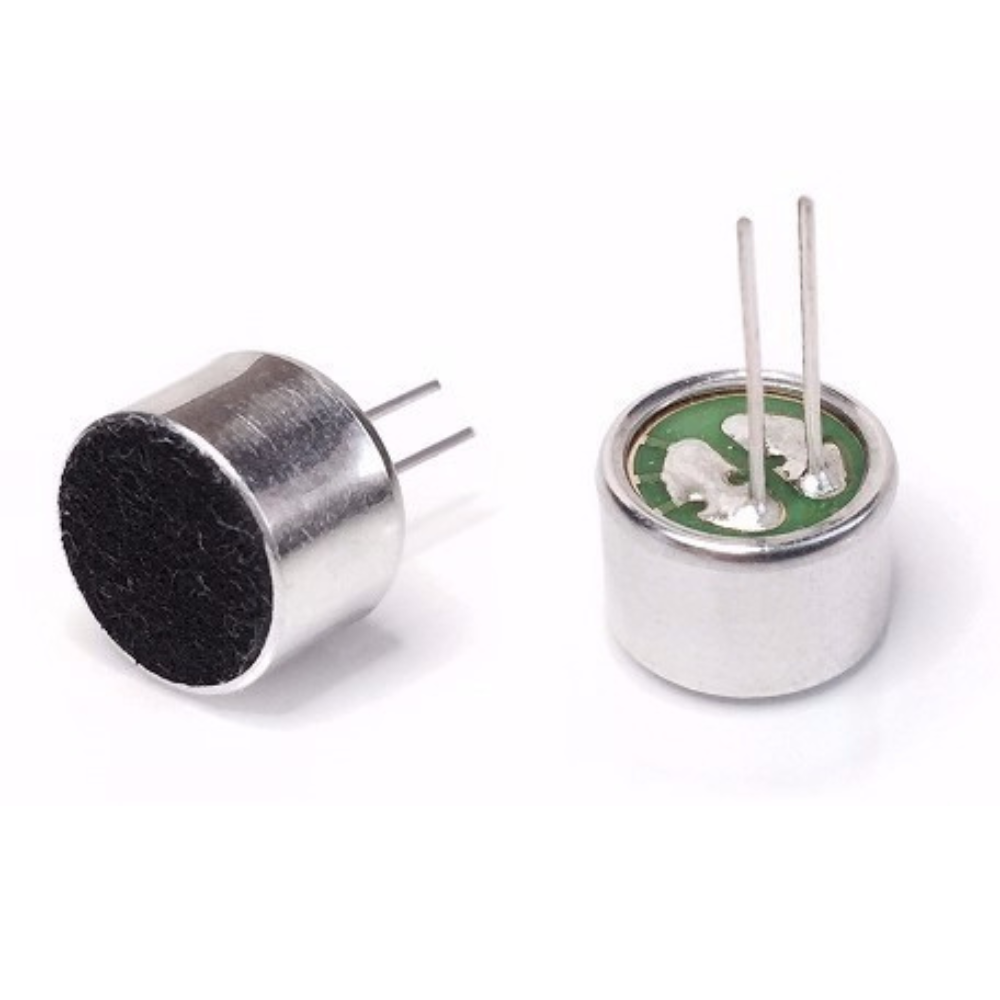
An electret microphone is a widely used type of condenser microphone that operates on the principle of electrostatics. It consists of a diaphragm, a backplate, and an electret material. The electret material is a permanently charged dielectric material that acts as a polarizing element. This polarization allows the electret microphone to convert sound waves into electrical signals.
The diaphragm of an electret microphone is a thin, flexible membrane made of a conductive material such as metal or doped silicon. When sound waves hit the diaphragm, they vibrate, causing the distance between the diaphragm and the backplate to change. This variation in distance alters the capacitance between the diaphragm and the backplate, resulting in a change in the electrical signal.
The electret material in the microphone is responsible for maintaining a constant charge on the backplate. It is a permanently polarized material that does not require an external power source. This makes electret microphones highly convenient and portable, as they can be powered by the audio device they are connected to.
One of the key advantages of electret microphones is their high sensitivity. They can capture even the faintest of sounds, making them suitable for a wide range of applications such as recording studios, telecommunication devices, and surveillance systems. Additionally, electret microphones have a wide frequency response, allowing them to accurately reproduce a broad range of audio frequencies.
⑾ Laser Microphone:
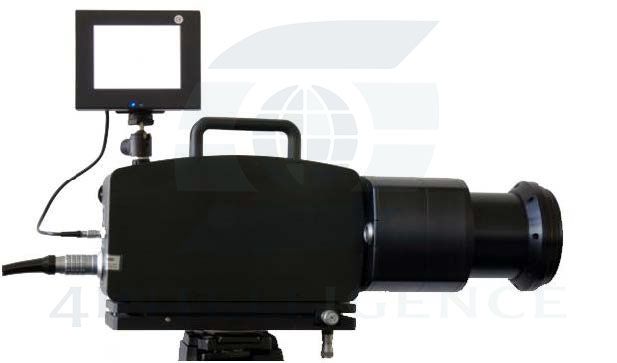
A laser microphone is a unique type of microphone that utilizes laser technology to capture sound vibrations. It operates on the principle of the photoacoustic effect, which involves the conversion of light energy into sound energy. Laser microphones are often used in specialized applications where high levels of security and sensitivity are required.
The basic setup of a laser microphone consists of a laser beam, a reflective surface, and a photodetector. The laser beam is directed towards the reflective surface, which can be any object capable of vibrating in response to sound waves. When sound waves hit the reflective surface, they vibrate, causing the laser beam to be modulated. This modulation is then detected by the photodetector, which converts it into an electrical signal.
The key advantage of laser microphones is their ability to capture sound from a distance without physical contact. This makes them ideal for surveillance purposes, as they can be used to eavesdrop on conversations in a non-intrusive manner. Laser microphones are also highly sensitive and can pick up even the slightest vibrations, allowing for clear audio capture.
⑿ Microelectromechanical Microphone:

A microelectromechanical microphone, also known as a MEMS microphone, is a type of microphone that utilizes microfabrication technology to create a miniature mechanical structure. MEMS microphones are widely used in consumer electronics devices such as smartphones, tablets, and wearable devices due to their small size, low power consumption, and high performance.
The core component of a MEMS microphone is a tiny diaphragm that vibrates in response to sound waves. This diaphragm is typically made of a thin layer of silicon or other materials with excellent mechanical properties. When sound waves hit the diaphragm, they moves, causing changes in capacitance or resistance, depending on the design of the microphone.
MEMS microphones offer several advantages over traditional microphones. Firstly, their small size allows for integration into compact electronic devices without compromising performance. Secondly, they consume very little power, making them ideal for battery-powered devices. Additionally, MEMS microphones have a wide frequency response and excellent signal-to-noise ratio, resulting in high-quality audio capture.
⒀ Crystal Microphone:
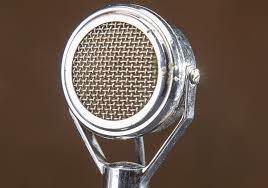
A crystal microphone, also known as a piezoelectric microphone, is a type of microphone that utilizes the piezoelectric effect to convert sound waves into electrical signals. It consists of a piezoelectric crystal, typically made of materials such as quartz or tourmaline, and a diaphragm.
When sound waves hit the diaphragm of a crystal microphone, it vibrates, causing the attached piezoelectric crystal to generate an electrical charge. This charge is proportional to the amplitude of the sound waves and is then amplified to produce an audio signal.
Crystal microphones are known for their durability and ruggedness, making them suitable for applications where environmental conditions may be harsh. They are commonly used in outdoor broadcasting, military communications, and industrial settings. Crystal microphones also have a high output impedance, which means they require a high-impedance input or a matching transformer for proper signal transfer.
So Which Microphones Are You Choosing? 🤔
This comprehensive guide has provided a detailed overview of different types of microphones, including dynamic microphones, condenser microphones, ribbon microphones, lavalier microphones, shotgun microphones, and USB microphones. Each microphone type has its own unique characteristics, advantages, and applications. By understanding these differences, individuals can make informed decisions when selecting the right microphone for their specific needs. It is important to consider factors such as durability, sound pressure handling, sensitivity, directionality, and compatibility. By exploring and experimenting with different microphone types, individuals can enhance their audio recording experiences and achieve professional-quality sound reproduction.
Microphones For You ⬇🎤⬇


